Have you ever thought about growing your own food? Starting a vegetable garden can be exciting and rewarding. Imagine walking outside and picking fresh tomatoes or crisp lettuce right from your yard. Many beginners worry about how to begin, but it can be easier than you think!
Did you know that vegetable gardens can save you money on groceries? Plus, they let you enjoy tasty, healthy food. You don’t need a lot of space to start. A small backyard or even a balcony can work!
This article is for everyone who wants to explore the world of vegetable gardens for beginners. We will share simple tips, fun ideas, and the best vegetables to grow. Whether you want to dig in the dirt or plant in pots, this guide will help you get started!
Essential Tips For Vegetable Gardens For Beginners
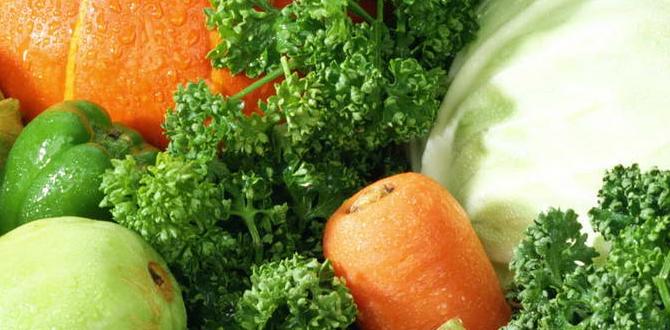
Vegetable Gardens for Beginners
Starting a vegetable garden can be both fun and rewarding! Imagine picking fresh tomatoes right from your backyard. For beginners, choosing easy-to-grow crops like lettuce, carrots, and radishes can boost confidence. It’s all about understanding soil, sunlight, and watering needs. Did you know that just a few pots on a sunny balcony can create a thriving garden? With patience and care, even a tiny space can yield delicious veggies, making gardening a delightful adventure.Choosing the Right Location
Importance of sunlight and soil quality. Proximity to water sources and accessibility.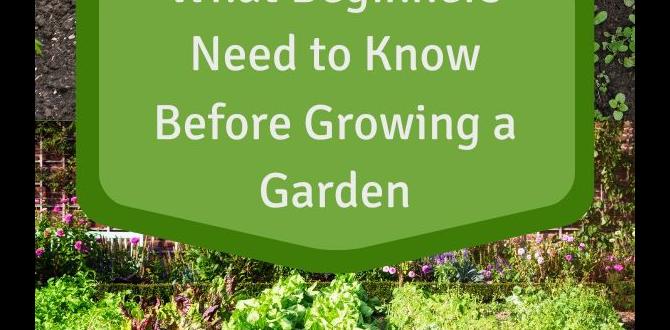
Picking the right spot for your garden is very important. Your plants need plenty of sunlight. At least six hours of sun each day is best. Good soil makes a big difference too. It should be rich and drain well. You should also think about water. Is there a hose nearby? Can you easily reach your garden? If you consider these factors, your vegetable garden can thrive!
Why is sunlight important for a garden?
Sunlight helps plants grow strong and healthy. Without enough sun, vegetables may not produce well.
Key points for choosing a location:
- Look for sunny spots.
- Check the quality of the soil.
- Find a nearby water source.
- Make sure it’s easy to access.
Essential Tools and Equipment
List of basic gardening tools needed. Importance of quality over quantity in gardening supplies.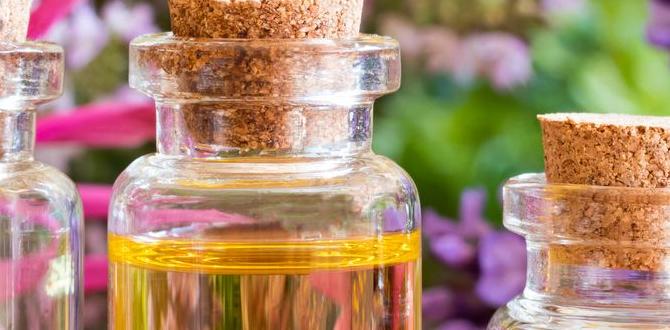
Getting the right tools can make gardening a whole lot easier. Think of your gardening kit as your superhero outfit! Here’s a list of must-have tools:
| Tool | Use |
|---|---|
| Hand Trowel | Dig small holes and remove weeds. |
| Pruning Shears | Trim plants and keep them healthy. |
| Watering Can | Give plants a refreshing drink. |
| Garden Gloves | Protect your hands from dirt and thorns. |
Remember, it’s better to have a few high-quality tools than a whole bunch of cheap ones. Quality tools last longer and work better. Think of them as your gardening sidekicks! A trusty trowel can save you hours of digging, while flimsy tools might just break and leave you in a sticky situation. Happy gardening!
Soil Preparation and Testing
Steps for preparing the soil for planting. How to test soil pH and nutrient levels.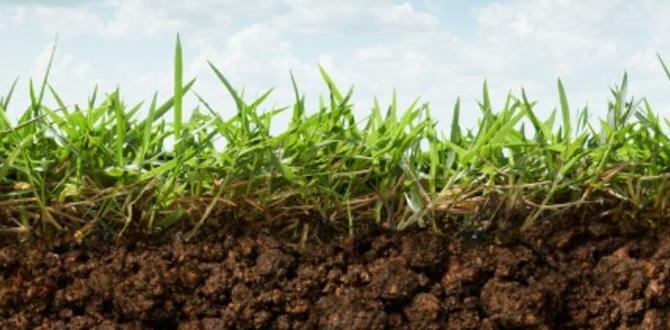
Preparing the soil is key for a healthy garden. Start by clearing it of weeds and rocks. Then, loosen the soil with a shovel or spade. This helps roots grow. Next, mix in compost to add nutrients.
To check soil health, you can test its pH and nutrient levels. Use a simple soil test kit. Follow the kit instructions. Here’s how:
- Collect soil samples from different spots in your garden.
- Mix the samples in a clean container.
- Follow the kit guide to test for pH and nutrients.
Your soil should have a pH level between 6.0 and 7.5 for most vegetables to thrive. Testing helps you know what your soil needs, making your garden a success!
How can I test my soil?
To test your soil, you can buy a soil test kit at a garden store. These kits help you find out what nutrients your garden needs to grow well.
Selecting Vegetables to Grow
Best vegetables for beginners and their growing seasons. Considerations for companion planting and crop rotation.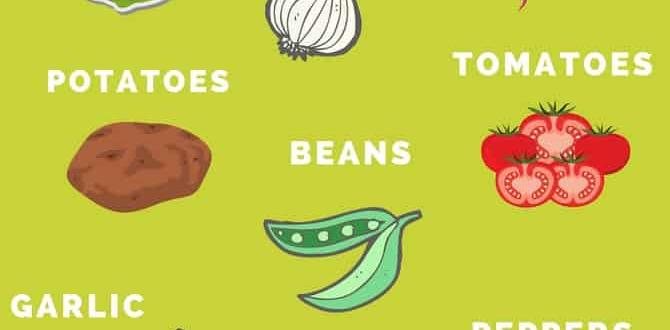
Choosing the right vegetables makes gardening fun and easy! Start with easy ones like carrots, radishes, and lettuce. These grow quickly and can be planted in spring or fall. Remember to think about companion planting. Some plants grow better together. For example:
- Tomatoes love being next to basil.
- Cucumbers enjoy friendship with beans.
Also, try to rotate your crops. This helps avoid pests and keeps the soil healthy. Happy planting!
What are the best vegetables for beginners?
The best vegetables for beginners include carrots, radishes, and lettuce. They are easy to grow and have short growing seasons.
Planting Techniques
Methods for starting seeds indoors vs. direct sowing. Tips for proper spacing and depth for seedlings.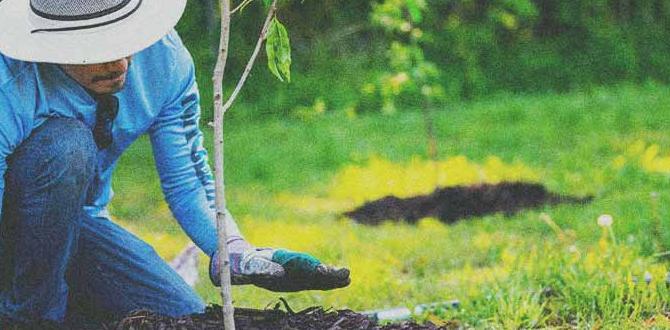
Growing a vegetable garden can be a fun adventure! You can start seeds indoors or plant them directly in the soil. Starting seeds indoors gives them a head start. For direct sowing, make sure the weather is warm enough. Proper spacing is key. It helps each plant get enough sunlight and nutrients. Here’s a quick guide:
- Plant seeds in moist soil.
- Ensure the depth is twice the size of the seed.
- Space seedlings about two to four inches apart.
How deep should I plant my seeds?
Plant seeds about twice their size deep. This helps them grow strong and healthy. Make sure to follow these tips for the best results!
Watering and Maintenance
Best practices for watering schedules and methods. Importance of mulching and weeding for plant health.Water your plants early in the morning or late in the evening. This helps prevent the sun from burning them. Aim for about 1 inch of water per week, either from rain or your hose. Mulching is like giving your plants a cozy blanket. It keeps the soil moist and cool while fighting pesky weeds. Pulling weeds is super important to keep your veggies happy and healthy. Remember, weeds are like those uninvited guests at a party!
| Watering Method | Best Time |
|---|---|
| Drip irrigation | Morning |
| Soaker hoses | Evening |
| Hand watering | Morning or Evening |
By following these tips, your vegetable garden will thrive while you enjoy the fun of growing your own food!
Pest and Disease Management
Common pests and diseases in beginner gardens. Natural and organic methods for pest control.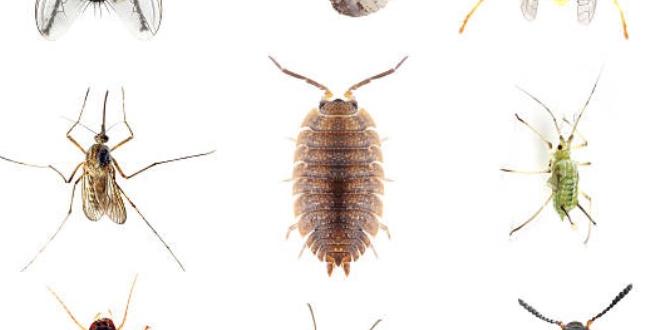
Pests and diseases can be tricky in your veggie patch. Common culprits include aphids, slugs, and those pesky tomato hornworms. But fear not! Natural methods can help you win this battle. You can introduce friendly bugs like ladybugs or use a mix of soap and water to chase them away. Remember, a healthy garden often keeps pests at bay, like a superhero grandma protecting her cookies!
| Common Pests | Organic Control Methods |
|---|---|
| Aphids | Ladybugs |
| Slugs | Beer traps |
| Tomato Hornworms | Handpicking |
Keep your eyes peeled, and don’t let pests rule your garden! Happy gardening!
Harvesting and Storage Tips
Signs that vegetables are ready to harvest. Best practices for storing freshly harvested produce.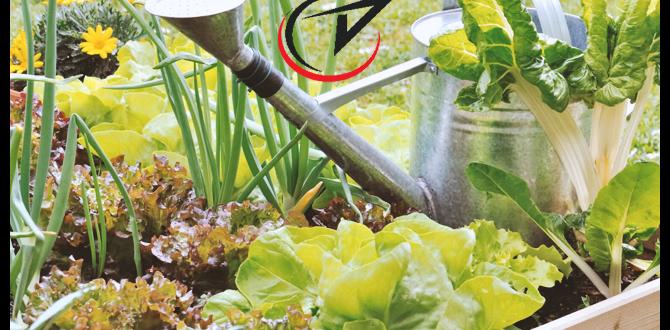
Picking your veggies at the right time makes them tastier. Look for bright colors and firm textures. For carrots, check if you can see the orange peeking out. For lettuce, watch for crispiness. Once you’ve harvested, you want to keep those veggies fresh! Store leafy greens in a damp towel and place them in the fridge. Root veggies like potatoes do well in a cool, dark space. Remember, fresh is best!
| Vegetable | Ready to Harvest Signs | Storage Tips |
|---|---|---|
| Tomatoes | Bright and firm | Cool and dry |
| Carrots | Top visible, firm | Cool, dark spot |
| Lettuce | Crisp leaves | Wrap in a damp towel |
Resources for Continuous Learning
Recommended books, websites, and gardening apps. Local gardening clubs and community resources for support.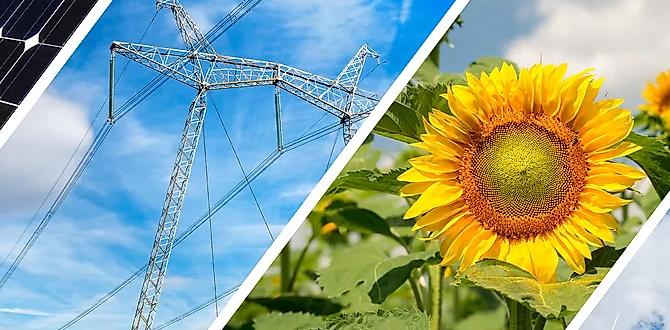
Learning about gardening can be fun! Start with some great books and websites that teach everything from seeds to harvest. Check out local gardening clubs too; they’re like the Avengers for plants! You might meet fellow gardeners who have tips and tricks. And let’s not forget handy gardening apps that can remind you when to water or plant. Who knew plants can have their own schedule?
| Resource Type | Recommended Resources |
|---|---|
| Books | “The Garden Primer” by Barbara Damrosch |
| Websites | Gardener’s Supply Company, The Old Farmer’s Almanac |
| Apps | Gardenize, PlantSnap |
| Clubs | Local gardening societies or community centers |
If you want to thumb through some pages or swipe on your phone, options are plentiful. There’s always something new to learn about vegetable gardens for beginners, making you the envy of all your friends. Remember, each garden has a story—make yours a bestseller!
Conclusion
In conclusion, starting a vegetable garden is fun and rewarding. You can grow fresh veggies and learn new skills. Remember to choose the right plants, prepare the soil, and give them plenty of sunlight and water. Don’t hesitate to explore more resources or ask for help. Let’s get gardening and enjoy the fruits of our labor together!FAQs
What Are The Best Vegetables For Beginners To Grow In A Home Garden?Some of the best vegetables for beginners to grow are carrots, radishes, and lettuce. They are easy to plant and grow quickly. You can also try tomatoes, which taste great in salads. Peas are fun to grow too. Start with these, and you’ll have a tasty garden!
How Much Sunlight Do Vegetable Gardens Typically Need For Optimal Growth?Vegetable gardens usually need at least 6 to 8 hours of sunlight each day. More sunlight helps plants grow strong and healthy. You can place your garden in a sunny spot, like near a wall or fence. If your plants don’t get enough light, they might not grow well. So, choose a bright spot for your garden!
What Are The Basic Steps To Prepare Soil For A Vegetable Garden?To prepare soil for a vegetable garden, start by choosing a sunny spot. Next, clear away any grass, weeds, or rocks. Then, dig up the soil using a shovel or a hoe. After that, mix in some compost to make the soil healthy. Finally, level the soil to get it ready for planting seeds or seedlings.
How Can Beginners Manage Pests And Diseases In Their Vegetable Gardens?To manage pests and diseases in your vegetable garden, check your plants regularly. Look for holes, spots, or funny changes on leaves. If you see pests, you can gently pick them off or spray them with water. Using natural remedies like soap and water can help too. Keeping your garden clean and healthy will keep plants strong.
What Tools And Equipment Are Essential For Starting A Vegetable Garden?To start a vegetable garden, you need a few tools. First, grab a small shovel to dig the soil. Next, get a hoe to break up the dirt and remove weeds. A watering can will help you give your plants water. Finally, use gardening gloves to protect your hands while you work. These tools will help you grow healthy vegetables!






